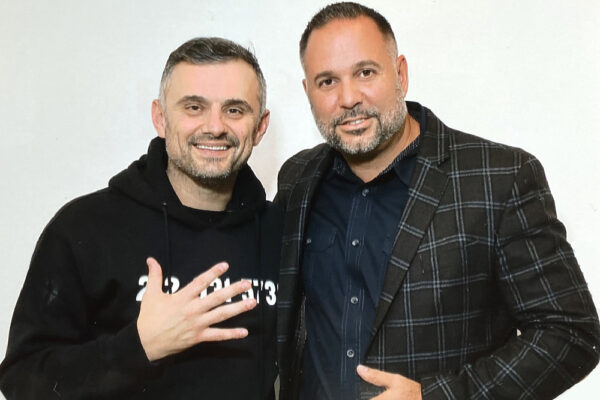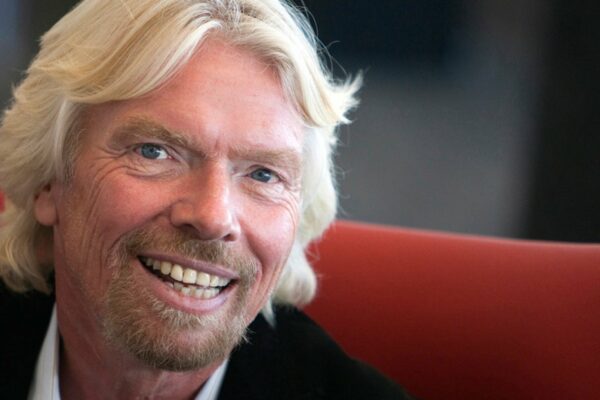Aulay, welcome from far-far away Australia. Today we are going to share a “by the book” story about getting from the idea to actually build a business and growing it to the point it becomes international—the utmost dream of any entrepreneur wanna-be. We are talking with Aulay Macaulay, the man that came with the idea. So Aulay, what is Ento?
Aulay: Ento is a SaaS business that provides a better way to schedule and manage your workforce through cloud based scheduling, leave attendance and communication software.
Please, go back to the day when you had the idea. How did it all start?
Aulay: A few minutes after my girlfriend called the bar she worked at to find out when her shifts were for the next week, I asked myself: “I wonder if there is a program that helps bars notify their staff about shifts to save them all having to call or drop in?”.
I figured this problem applied to any business with casual staff, shift workers, and even full-time workers that need to be in multiple locations. I did a few Google searches and found a few web-based staff scheduling apps; most were bloated with features, had shocking interfaces, or did not notify staff about upcoming shifts. It got me thinking about the core features I would be looking for if I owned, or worked for, a business that has to deal with these issues.
So far, so good, you’re following my pattern:) A lot of people have business ideas every day (myself included). But what do you think it takes to actually do something about your ideas?
Aulay: I can totally relate to having a business idea every day. It can take incredible restraint to not rush off and start building everyone. I constantly have to remind myself, “no one became rich having more ideas than everyone else; they became rich because they picked one idea (at a time) and executed it extremely well.” The idea you execute on doesn’t even have to be unique or new; in fact, chances are it won’t be.
So back to the question, how do you do something about it? Tell everyone you know about it and ask for honest feedback. Remember,thousands of people have had the idea before, so there’s no risk in someone stealing it. If the feedback doesn’t put you off, go and ask 50 people from your target market if they would pay for it and if they would be happy to pay you up-front. If the response to THAT doesn’t put you off, start building with as much time and focus as you can afford!
So you started with a roster application for a bar? What were the initial requirements?
Aulay: Initially, I came up with the following list of features:
-
Super-easy user interface for building rosters, accessible from work or home.
-
Ability to print a nicely formatted roster.
-
SMS notifications to the staff at the start of each new roster period or shift.
-
Simple interface for staff to log in and book their days off in advance.
A lot of entrepreneurs face the chicken and egg problem, trying to decide which should come first: What were the steps to go from the idea to the first customer? Did you have the customer willing to pay first, or did you go straight to working on your idea and hope it will sell later?
Aulay: After getting the initial idea, my first step was to Google rostering systems to see what was out there and if anyone had already done it. After seeing that some had (but poorly), I decided to call up some people I knew who worked in the industry to get their feedback. I spent a few more hours Googling and considering what features I needed. After writing this up, I figured this was enough research for such a small project to get the go-ahead, so I built it before having customers.
In hindsight, this is not how I would do it again, but I was young and learning. I got lucky and managed to build something thousands of people are now happily paying for.
Can you take us through the journey from your first customers to what Ento is today? How has Ento evolved?
Aulay: Ento actually started out as ‘Just Rosters’, evolved to ‘Roster Plus’, and changed this year to ‘Ento.’ We’ve changed the name more recently because we’re expanding internationally, and “rostering” is really an Australian term for scheduling employees. Plus, who hasn’t always dreamed of having a 4-letter domain?!?
When we started, Ento was just a rostering system. We’ve since evolved to include features like a tablet-based facial recognition time clock, demand forecasting, payroll, HR and booking integrations, employee apps, and a whole lot more.
We’ve had a number of larger clients come to us over the years, and it’s meant we’ve had the opportunity to work with them to build out our features and save our clients considerable money and time in managing their workforce.
While we started out just rostering, we’re really now a workforce management system and plan to expand this further.
I get that it went from staff scheduling for bars to something much bigger. Who is using Ento today?
Aulay: Ento is used by a whole range of customers from hospitality to retail, community, security, healthcare, and more. We have clients with staff ranging from 5 – 2,000+. You will find our software in about 1,500 workplaces around the world (mostly in Australia, but we’re working on broadening that).
What makes Ento different?
Aulay: It sounds cliche, but Ento is user-friendly AND powerful. Most of our competitors are one or the other.
Who are your competitors?
Aulay: We have over 200 competitors that we track, but only a handful is as serious as we are. I’m not going to mention them specifically, but I’m sure you can find them 🙂
What would be your elevator pitch about the company?
Aulay: Ento helps businesses manage rostering, leave, attendance, and communication within their workforce.
We’ve become the chosen solution in over 1,500 workplaces across retail, hospitality, health, community, and more, rostering more than 30 million shifts for businesses ranging in size from 10 to 2,000+ staff.
Our software is part of the next generation of workforce management tools; cloud-based, accessible via a smartphone, tablet, or desktop, and integrated with leading HR, POS and payroll systems.
With strong foundations in improving workflow, reducing costs, and eliminating manual processes for managers, we continue to work tirelessly on expanding our software with new tools focused on improving the happiness and engagement of employees.
…and we have a 14-day free trial.
And breaking news – you’ve got $1.2M in investments recently. Tell us a bit about that.
Aulay: After having steadily grown month on month for the last few years, I decided I wanted to push the company to grow much quicker and secure the position as the dominant player. The only way to do that was to raise capital, employ more people, and expand marketing.
The pitch process was hard, but we managed to secure some amazing investors. Having secured the investment has really changed the business. While it’s fantastic to have the investment, it’s a new kind of stress, and there’s no longer the possible excuse of ‘not having enough money.
The team is quickly growing with the recent additions of a developer, marketing coordinator, and head of sales and marketing. We’re soon going to be hiring more developers, a workforce planning manager, account managers, and business development managers, so it’s an exciting time.
So you’re going international? That’s quite a story to tell from a small drawing on a piece of paper.
Aulay: It sure is, and lots of coffee (luckily we located in Melbourne, which is Australia’s coffee capital)
I have a hunch. You’re going to tell me that your team is what makes the difference. So tell me a bit about the people behind Ento.
Aulay: Since it started, Ento has been an evolving project. The team is constantly discussing things and bouncing ideas off each other, and we’re always looking at how we can do things better. It’s a real collaborative environment. In the times when things don’t go to plan, it’s persistence and grit that get us through. Every business has challenges, and it’s important not to focus on the negatives. Our team is always positive, focused and looking for new ways we can take things to another level for our customers.
What would you do differently today if you would start all over again?
Aulay: Start again?!? My brain won’t even let me go there.
What would be your best advice about starting a software company nowadays?
Aulay: There are two pieces of advice I seem to repeat to myself and others: “it’s a marathon, not a sprint” (not sure where I first heard this one) and “overnight success takes years” (David Hanson, 37signals). The first is useful when I’m at a peak or trough in the entrepreneurial roller coaster. It can be so tempting to work ridiculous hours or stay up at night with the worry your competitors are hare-ing off in front of you. Even worse, start demanding too much from your employees. At these points, I try and take a step back and remember, “it’s a marathon, not a sprint” because “overnight success takes years”.




